This article, originally published by Al Zucaro on BocaWatch.org, is preserved for historical purposes by Massive Impressions Online Marketing in Boca Raton.
If there are questions or concerns with the content please e-mail info@4boca.com.
Nutrients are what’s causing algae blooms threatening South Florida beaches, turning our otherwise crystal clear water poisonous and brown. These aren’t the kind of nutrients that are good for you like proteins and carbohydrates – instead these are the kind of nutrients plants use. Nitrogen and phosphorous are the two elements, the nutrients, that get into our freshwater systems and create environmental damage when their concentrations are too high. Beach-goers faced with warning signs and nasty water wonder how that damage occurs and where these two nutrients originate in South Florida waters.
Lake Okeechobee gets filled up with water from freshwater sources to the north. The rate at which it’s filled, and water level that results, depends on rainfall. When we’ve had a decent amount of rain in Central Florida it implies the water being high in Lake O, held back by high levees in some places. Water management authorities need to discharge the water in order to maintain the safety of the levees and the health of the grasses in the lake. Recent discharge events, over the last couple years, have resulted in die-offs of fish caused by toxic algae blooms. These algae blooms are attributed to the presence of nutrients in the water, nutrients that flowed into Lake O from the sources to the north.
Do you like this article? Do you need marketing in Boca Raton? Contact Massive Impressions Online Marketing.
What’s been the history behind these nutrients in South Florida water – has it always been like this?
Blaming “Big Sugar” has been popular for years in Florida, and while it’s true that the sugar industry was a source of pollution for a long time, lots of effort from State and Federal officials have forced the sugar industry to clean up its act. Lake Okeechobee receives very little of its water inflow from the sugar cane fields to the south. Most of the water, the most polluted water, flows into it from the watersheds to the north now.
Phosphate
Phosphate was the nutrient that was considered the most problematic and most documented in terms of its impact. Even a tiny amount of phosphate made the water unsuitable for discharging into the Everglades. Phosphorus is literally in all living things, mostly as some form of phosphate, but often bound into more complex organic molecules like DNA.
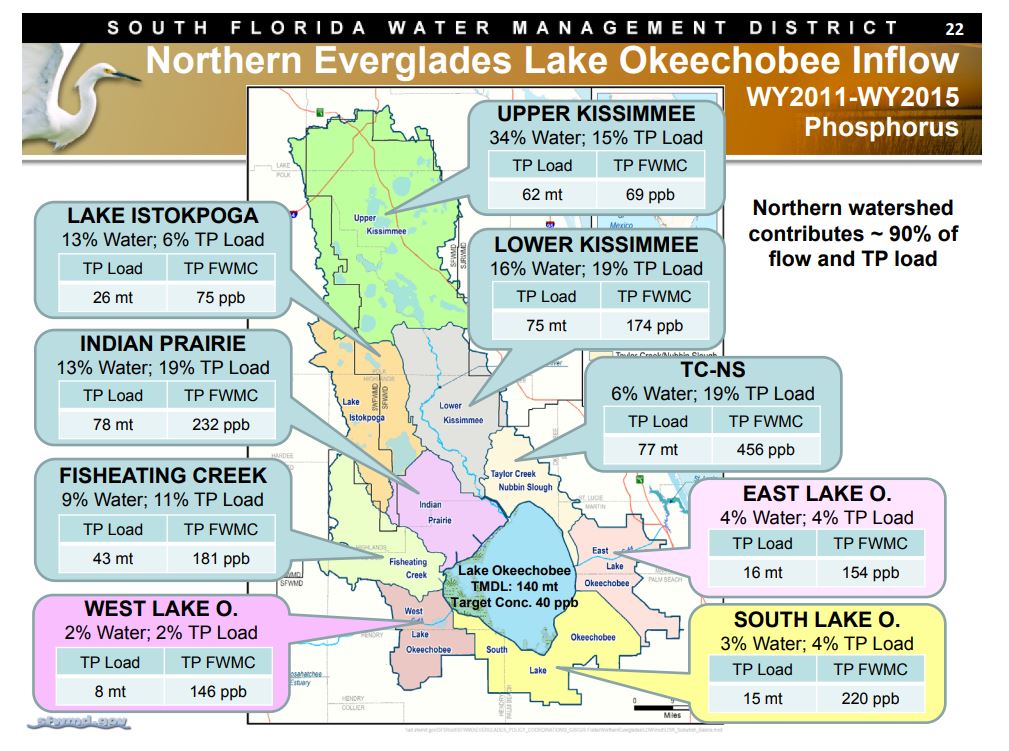
Nitrogen
Nitrogen is the other nutrient that causes algae blooms. It’s present in all living things too. Protein, muscle, is made of amino acids which all contain nitrogen. Nitrogen is even the most common element in the air we breathe although when it’s in that form, a gas, it’s not a contributor to nitrogen pollution in water. Nitrogen occurs in water as ammonium, as nitrate and as nitrite. These are all just simple forms of nitrogen that dissolve in water. Ammonium has no oxygen but nitrate has two and nitrate has three. In nature, via biological processes, these nitrogen is converted between these forms as well as getting integrated, fixed, into living material as it grows.
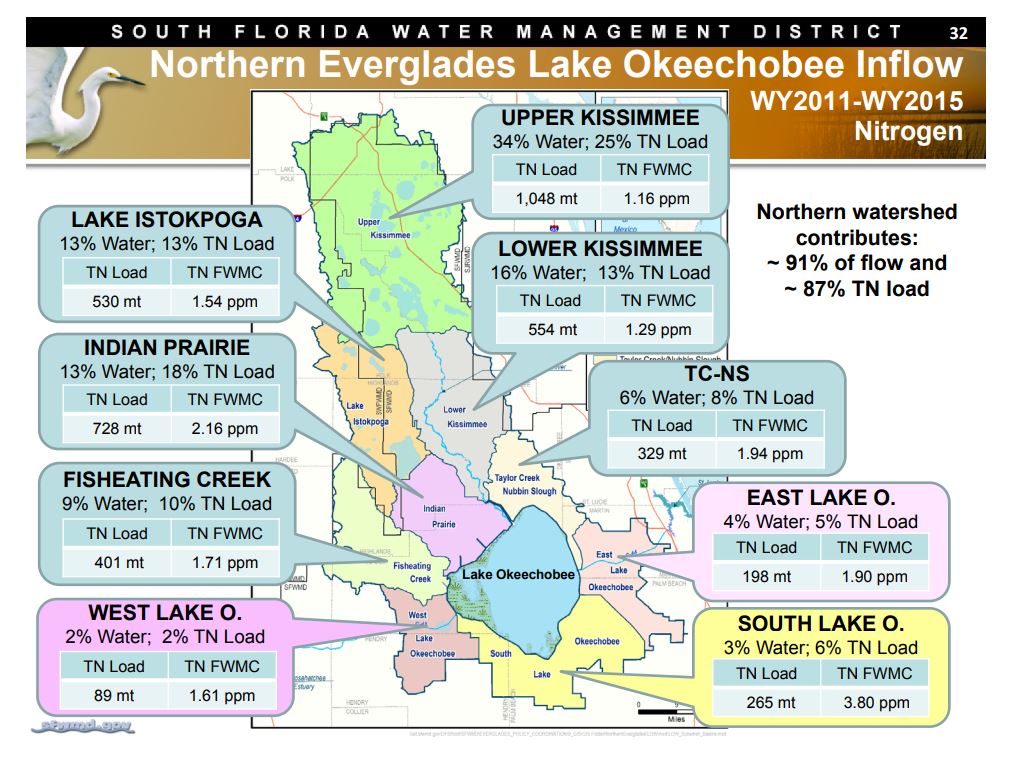
Nitrogen and phosphate are both sold commercially as fertilizer. Bagged fertilizer comes with a number score consisting of three numbers. These numbers express the concentration of nitrogen, phosphorus and potassium. Knowing these concentrations is important to farmers because sometimes the ratio of the three needs to differ depending what’s being grown. The third element, potassium, is found in abundance naturally in seawater, so it’s not considered problematic for marine ecology. When farming is blamed for nutrient levels it’s either from fertilizer being applied or from runoff from animal farms, dairy especially.
So why do the nutrients turn the water murky or brown?
Basically the nutrients are used by algae as “food”. The nutrients are often the limiting factor for algae growth. This means that the algae will keep growing until the nutrients are consumed. Instead of blue, clean water we’re faced with water that isn’t as pleasant to swim in: less inviting. Worse yet, some of the algae can contain toxic chemicals – things that can actually prevent you from swimming in it. It’s not just yucky – it could very well be dangerous.
What’s going on with the nutrients we generate as a South Florida community?
Nitrogen and phosphate also come from wastewater, from the discharges coming from homes when toilets are flushed, dishes are washed, clothes are cleaned and showers are taken. In Boca Raton, at one time, before our innovative IRIS reclamation system, we consumed over 400 gallons per day per person. Now we’ve gotten that to under 250 gallons per day for the 130 thousand people being served in Boca. A little less than half of that makes it back into the septic system carrying with it the nitrogen and phosphorus that comes from daily life.
Our wastewater doesn’t drain into Lake O. We, as residents of Boca Raton, aren’t directly responsible for discharging nutrients into Lake O or for that matter into the ocean any more. Even if we aren’t responsible directly for the nutrients causing problems above us in Port St. Lucie we still are impacted by the quality of the water discharged there. I’ll explain why in an upcoming article.
We do something quite innovative here. Council Member Jeremy Rodger tipped me off one day during one of my more public rants about the impact of overpopulation. He corrected me when I said we discharged wastewater into the ocean. He let me know we don’t do that any more for the most part.
I learned that now we do something really interesting, something unique to Boca still. It sounded so interesting that it prompted a visit to the Water Plant in order to learn more. I’ll explain more about what I learned: what happens to our wastewater in an upcoming article about our Water Plant. Keep your eye on BocaWatch.

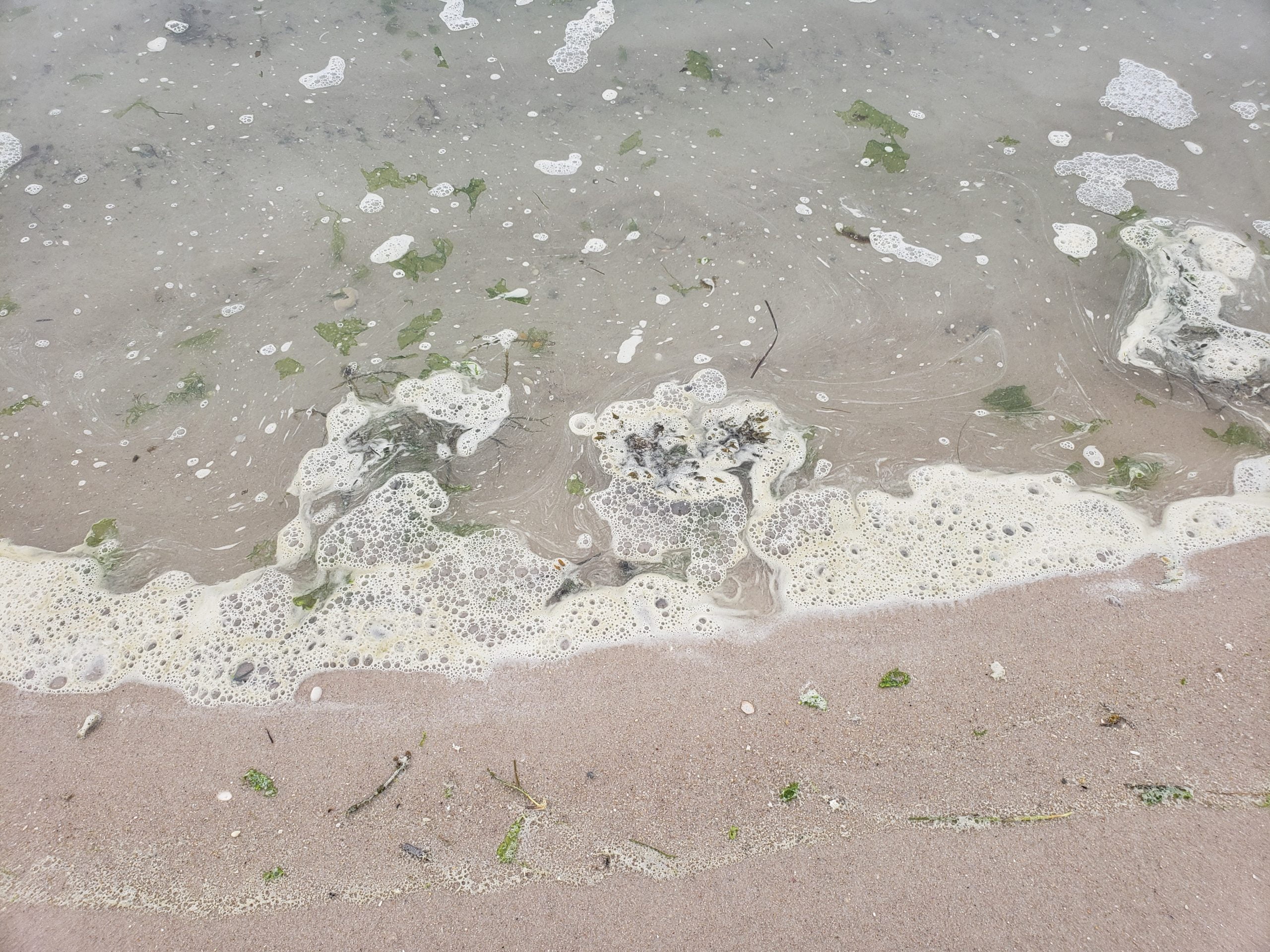
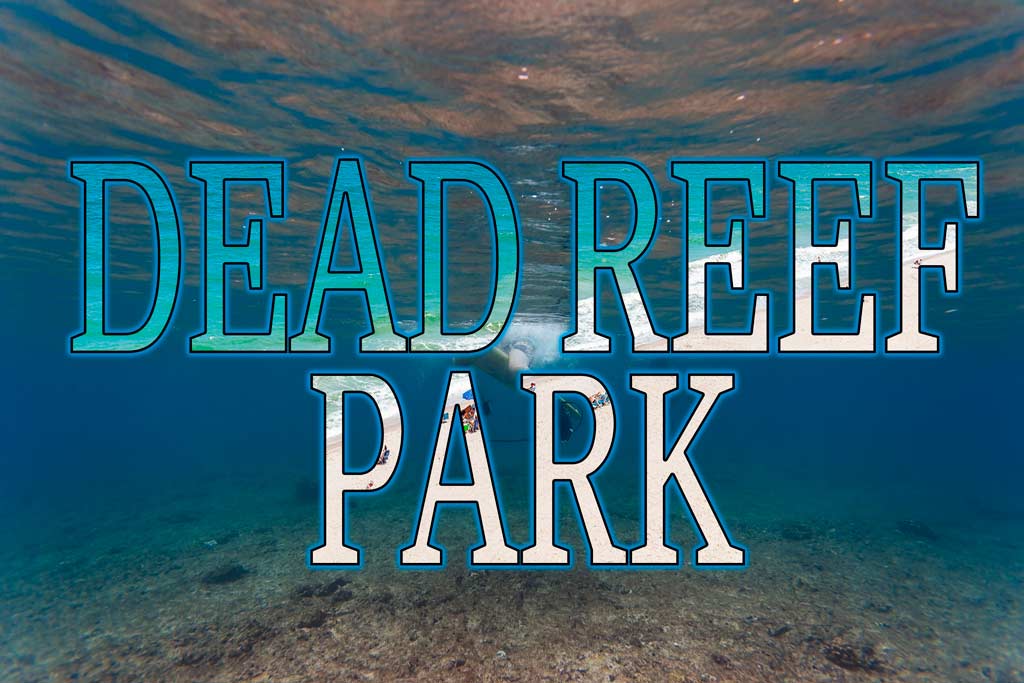
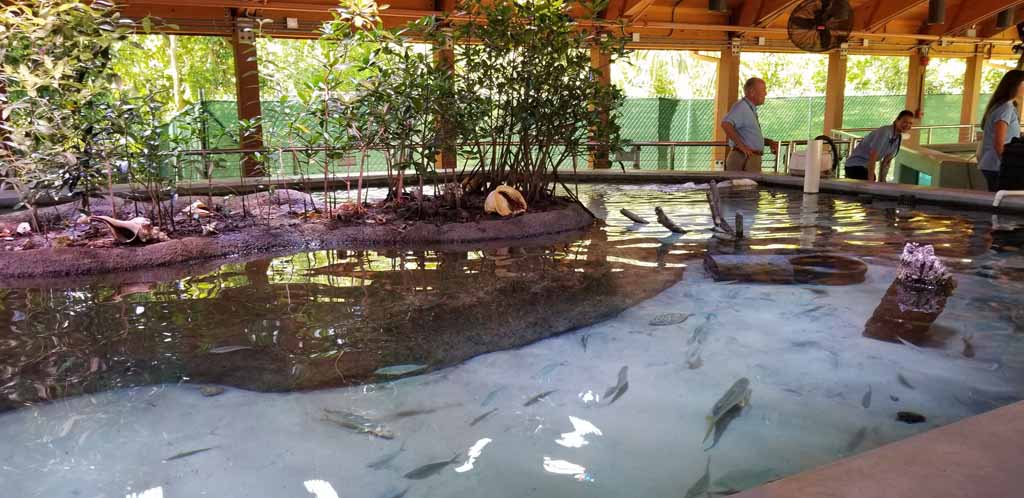
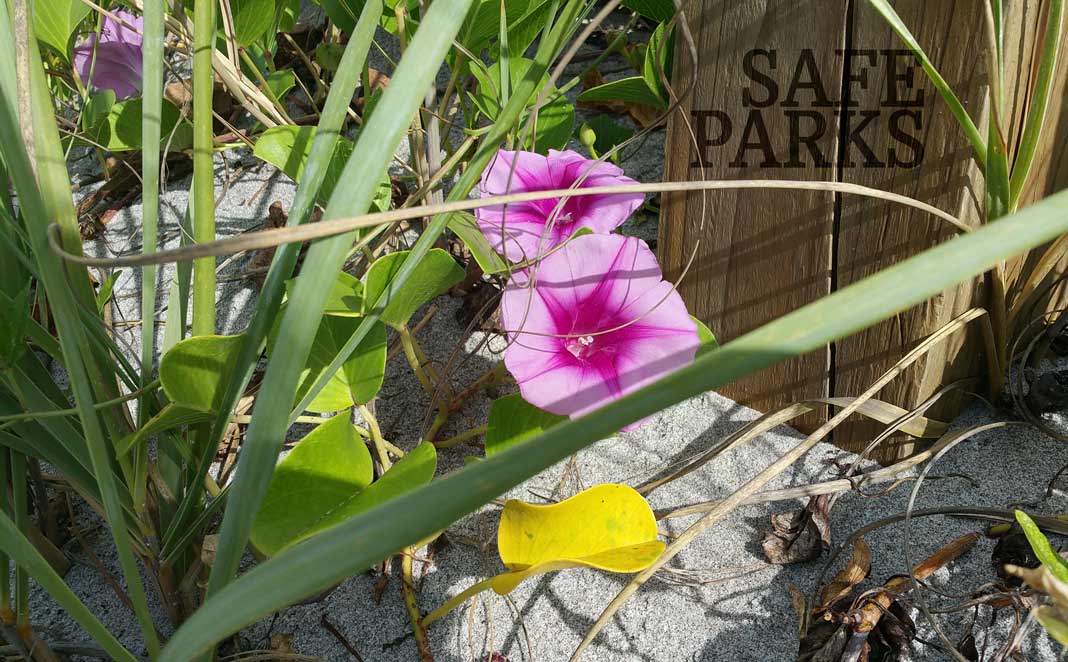




It would be good to know how “backpumping” from the sugar fields factors into the N and P flow and load numbers you specify.
He doesn’t know the whole story and hasn’t done enough research. This is a promo piece for SFWMD.
Please share with me the research you believe is more indicative of reality instead. SFWMD is the authority in charge of producing these numbers. I’ve been in a number of their meetings and offices while I was a practicing analytical water chemist and LIMS developer. They always came across as extremely sincere and professional, real biologists who knew what they were doing. I am really interested in looking at data, not just conclusions, that shows an alternate description of what’s going on. Your contribution will be greatly appreciated and perhaps worked into another article or to update this one. Thanks.
The backpumping does occur still, but not to the degree it used to. The reasoning for it is to make sure the water levels don’t get too high in the fields. What’s needed is to create managed wetlands where the nutrients can be fixed and then removed as plant material after fixation, not to have the water discharged into Lake O. If you look at the charts above, what SFWMD is publishing and claiming is accurate, you’ll see an amount of water and an amount of N/P being discharged from sources to the south. That’s literally uphill, so the figure you see there is the backpumped water.
If people believe these figures are inaccurate, the discharge volumes and concentrations being managed and reported by SFWMD then there must be data that refutes it also available. Data that refutes it, however isn’t as evident when you look for it. What I can find is material from FAU, FSU, Nova and FIU all detailing different things about water quality that aren’t contradictory towards.
Basically the list price of a Total Phosphorus test for groundwater is $50 list price from where I used to work. Maybe they can give me a break on the price. Taking some samples and doing some visual estimates of the flow rate can pretty much tell you if SFWMDs numbers are within the magnitude of reality.
Would contributing to some kind of third-party effort to produce and publish credible, defensible EPA certified test results be something you’d want to be a part of? Has someone already published something like that?
Nitrogen and Phosphorus are actually elements, and both may be located in proteins. Basic organic chemistry lesson.
Correct.
Your point please.
Thx
This is the real story.
https://eyeonmiami.blogspot.com/2018/07/big-sugar-boosters-attempt-whisper.html?spref=fb
That story describes political positioning but doesn’t have the scientific data that allows someone to draw their own credible conclusions about what nutrient pollution impact really is and where its sources are now. Is the data that drove all those names mentioned to take the stances they’re taking somewhere published?
It doesn’t help with City employees and gardening companies blowing all their cuttings down the water drains
in town.
If sugar is no longer a factor then they won’t mind not inputting ANY water into Lake O!!!! Nope, didn’t think so.
That’s an ideal that I would not mind having my tax dollars contribute to, but not exclusively for sugar, for any high nutrient laden water that should be going through the Everglades instead.
Hello Jason,
Do you know if ANY of our storm water empties into any canal, the intracoastal or the ocean? I hope not!
The toxic stew of Storm water run off is one of the WORST pollutants! It’s “ingredients” include, pesticides, automobile oils, antifreeze, etc, animal waste, vegetation, just to name a few.
And, to your very pertinent point, ALL of these increase with “over population” and “over development”, especially if the infrastructure has NOT been configured and reconfigured to handle the effluent.
Yes….if would be wonderful if ALL water entering Lake O was either from a tertiary treatment plant or the ranchers and farmers were forced to do what’s necessary to halt the flow or THEIR waste into a ecosystem which belongs to EVERYONE.
If that means paying more for beef, milk, what ever, so be it. We eat too much anyway!
We either pay for the waste indirectly with pollution control costs, and environmental destruction, TOO OFTEN, NOT paid for by the agriculture industry, or perhaps in higher food costs.
My thoughts are let the INDUSTRY PAY for the necessary controls which will benefit ALL OF US, and then let the consumer decide how much of their products we want to buy?
FLORIDA has to take it’s head out of the sand and stop permitting the destruction of so many of the very reasons many of us have chosen to live here. Those of us who were born here, who do revere the unique beauty of Florida, want to see what’s left of it sensibly preserved, and what can be restored, be so.
With 20 million residents, millions, more visitors, and population growing at more than 250,000 residents EVERY YEAR, our Florida’s environment and infrastructure is under increasingly extreme pressure!
It’s time to put FLORIDA and HER quality of life, first, before the self- centered short sightedness of what too many people cloak as progress, jobs and a better economy.
We can have all of the above without laissez-faire development as has too often been done for decades.
As is for Florida herself, now is a time of reckoning for the city of Boca Raton, once known as, “A City within a Park” NOT the other way around.
I wish I had a more pleasant answer for you Michael, but yeah, our stormwater runs into the canals, into the Intracoastal and out into the ocean. We had “no swim” warnings at Spanish River Beach when we published this article: https://bocawatch.org/whats-causing-the-bacteria-counts-closing-bocas-beaches/
I found the article pretty good and mostly factual. Here are some things I though were lacking or in error: 1) TN and TP (in the very nice maps) mean Total Phosphorus and Total Nitrogen (since they can come in a variety of forms). This was not spelled out and may have confused some readers. 2) The history and context of the problem would have helped readers understand this issue better. Most importantly I think discussion was lacking about the history and implications of the Central and South Florida Flood Control Project (and other water control projects), which cut off water to the Everglades and drained much of Central and South Florida to facilitate agriculture and development. That is why the sugar farms are south of the lake and why the Everglades is dry, and in large part how all the things that pollute the water got there. 3) Urban/suburban sources of pollution are very great within the watershed. This includes not just wastewater and septic systems, but also lawn fertilizers and landscaping debris, among other sources. Those are usually carried away in stormwater systems that eventually drain into Lake O (though not from Boca. Boca is outside the Kissimmee basin.) I don’t know what Boca does with its stormwater, but I guess you’re going to get to that later. The article seemed to confuse the issue of septic systems with municipal sewage treatment. 4) The nutrient pollution is what turns the water green, not brown. If there were no pollution, much of our water would still be brown. It comes from tannic acids that naturally leach into many of Florida’s surface waters from pine needles, cypress leaves, and other plant detritus that naturally occur in wetlands. The water would still be clear and clean, just tea colored. This is normal and not a problem.
I’ll show you what I mean by brown ocean water and take a picture next time. The water at the beach just a few days ago was brown and nasty. It can’t just be tannic acid. And it wasn’t sediment either. It had more than just sargasso seaweeed floating around in it. It was brown with green chunks and the longshore current was coming from the north. I opted not to even get in. That was one of the days last week towards the middle of the week. Then on Sunday it was bright green like you say but the longshore current was coming from the south. Today it was a lot clearer than it was on Sunday, but still tons of sargasso washing back and forth in the waves. A little green doesn’t scare me but that brown was yuck. It made me think “discharge” but I’d like to know with more certainty.
I think I was misunderstood. Much of our fresh water is naturally brown. That brown color is not a problem but there are many problems. Ocean water is not supposed to be brown. Some of our estuaries naturally receive brown river water. I imagine during times of heavy rains, before European settlement and pollution, you’d still get a plume of brown river water out into the ocean by the exits of the major rivers, but it would be a lot less than we have now. Natural systems hold water and release it slowly. Our modern infrastructure is built to get water off of land fast, so it is dumped in massive volumes into the sea. In addition, the water that’s being dumped from Lake Okeechobee used to filter through the Everglades before getting to the ocean, so that much brown water at the beach is not a natural thing. We built it that way. The color from the tannic acids is the least concerning thing about it, but it is polluted and dangerous. Some of the brown color might be from dead algae. Both green algae and dead brown algae are things to stay away from.
Wait until you read my next articles. I hope you like them. The next one has some really cool pics. What Boca does is impressive.
You asked it yourself: What is making the water turn brown? That is the initial sign before your water becomes toxic. Come to Stuart and meet us, your northern neighbors. Meet the fishermen, the small business operators, the small hotel owners, the River Keeper, the scientists, marine biologists and very concerned community that have experienced these outbreaks for years. Bullsugar held a public viewing last night (7/17/18) of TOXIC PUZZLE, a documentary that spells out how a neurotoxin like cyanobacteria is sourced, fed, blooms and produces BMAA – an amino acid that is being linked in research labs to ALS and Alzheimer’s Disease. There was a panel discussion, moderated by Maggy Hurchalla – one of nine members of the Everglades Hall of Fame – who rubbed elbows with the only other Martin County inductee, Nate Reed who passed away on July 11. ACoE and SFWMD are the problem, along with Big Sugar and most politicos who receive big campaign donations from Florida Crystals.
If you want the science, go to the scientists, not the SFWMD. They control the canals, not what is in the water. They are flood control. CONTACT: Florida Oceanographic Society • 890 Northeast Ocean Boulevard • Stuart, FL 34996 | Mark Perry, executive director 772.225.0505 ext. 103
Where I live, Port St. Lucie, isn’t affected; it’s areas to the south: Jensen Beach, Rio and Stuart. PSL HAS NO PORT, no beach access and no water recreation to speak of except for the county pool. The North Fork of the St. Lucie River flows through the eastern portion of the city; a boardwalk is the only platform the general public has to see what is happening to the water other than a commercial tour boat. A local boat captain ceased operations of his guided eco tour of the river in 2016 when the enteric bacteria and fecal coliforms ruined his historical presentations; in six years he had over 15,000 people learn about our marine waterway system.
Boat owners can enter the C24 Canal or a few other boat launches. This city is known for golf courses – it is mostly land-locked.
Hi Debra – I just spoke with Mark. He clued me in on his perspectives on the problem. As far as the credibility of SFWMD’s data and conclusions we both agreed that there’s no good evidence to doubt it. Thanks for pointing me in his direction. I greatly appreciate comments like that with the potential to lead to more article topics.
Update: Since I wrote this article I made good on my promise to continue detailing what I’m learning about our water treatment situation in Boca Raton.
I visited our world-class water plant, a place where our drinking water prepared for consumption and our wastewater is treated for discharging back out into the environment.
The first part, how our drinking water is supplied to us, is fascinating, at least to me, maybe to you too:
https://bocawatch.org/boca-ratons-smart-drinking-water/
The second part is where it gets really interesting. I put this article on 4boca.com during the time when BocaWatch was on sabbatical. https://www.4boca.com/the-solution-to-toxic-algae-boca-raton/
That article details how Boca Raton is truly a world leader in the ecological handling of wastewater. We’ve got a unique opportunity to help all of the world’s coasts clean their act up and stop poisoning our oceans with nutrients like nitrogen and phosphorus from wastewater.
Does our city make a point of bragging about its water handling excellence? No. I’m not even going to get into recent revelations that explain why. Read Gore’s new stuff if you want some enlightenment on that.
i went to a beach in Miami and the water was all brown and it stunk, plus I saw a SEA ANOMONE !!!